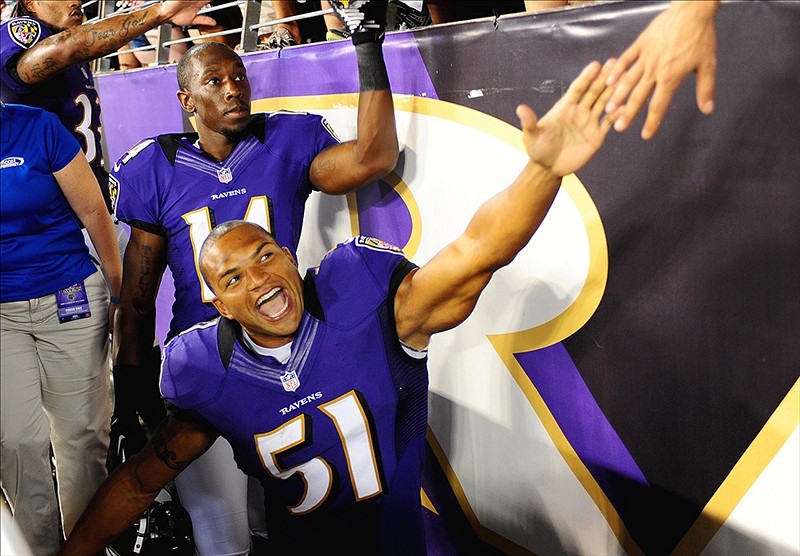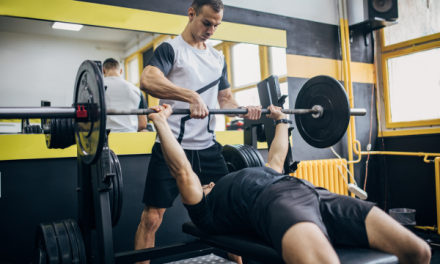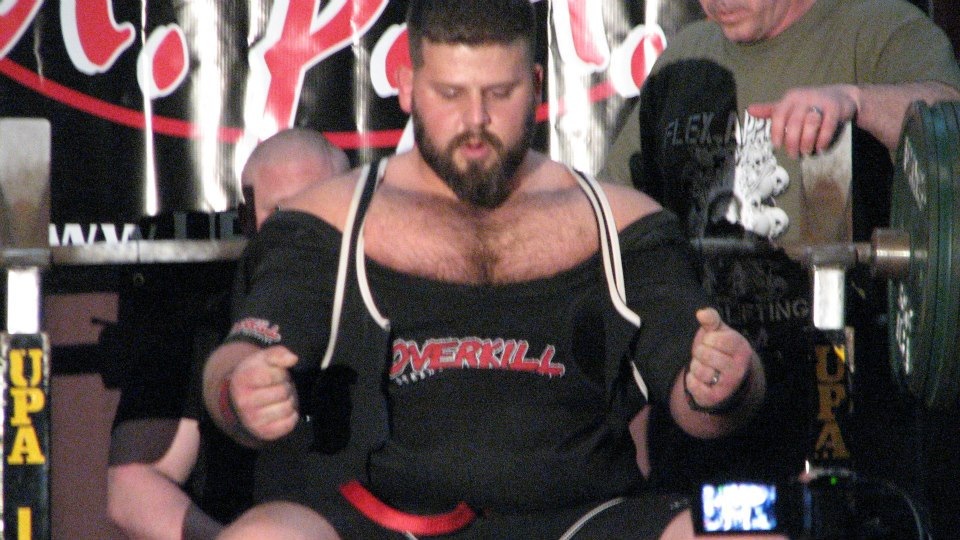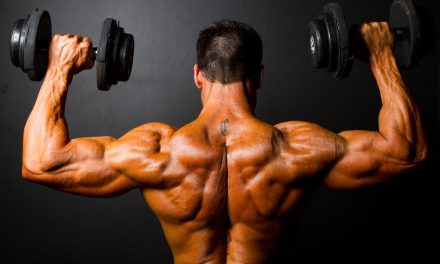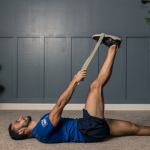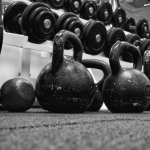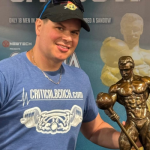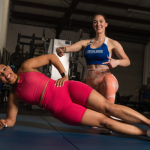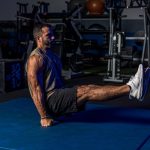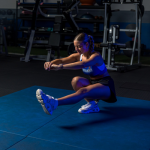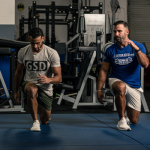The popular theory of slow & fast twitch muscle fiber training has been around for a very long time…
I would have to say from my own training experiences and many other hardcore lifters I have talked to over the years that to achieve maximum muscle strength, size and endurance, a power bodybuilder (you and me) should train both the slow and fast twitch muscle fibers.
A power bodybuilder is just a fancy description for the average gym rat. These are guys who don’t necessarily compete in powerlifting or bodybuilding but want the benefits of both. Their goal at the gym is to gain both size and strength. Look good, feel strong.
Our revered strength guru Fred C. Hatfield “Dr. Squat” who recently passed away this year confirmed the training of fast and slow twitch muscle fibers back in 1980.
He stated, “Bodybuilders in order to achieve the tremendous musculature that they possess have to do slow movements (reps), fast movements (speed reps), light and heavy poundage and everything in-between, thereby increasing the mechanisms of the muscle structure.”
It would be best to initially stick with lifts like the squat, bench press, deadlift and overhead press since they are compound lifts. These lifts will give you an idea of your total body muscle fiber type.
But if you’d like to attempt other smaller isolation lifts like arm curls, arm extensions and the like, go for it.

Determine Muscle Fiber Type
The rep tempo is 2 seconds in the positive phase and 4 seconds in the negative phase.
If a person can do 7 reps that would constitute a 50/50 average makeup of both fast and slow twitch muscle fibers. Achieving less than 7 reps indicates that the muscle is of the fast twitch variety and more than 7 suggests that the muscle is comprised mostly of slow twitch fibers.
A great example that demonstrates the tremendous difference between fast and slow twitch muscle fiber types can be found with an old friend of mine. Years ago, this guy could barbell back squat 405 pounds for 20+ reps and without any type of specific warm-up prior. I’m telling you, he was a BEAST.
I’m not talking partial squats either (barely a 1/8th movement). He would take each and every rep down to where his glutes were 12 inches from the floor. ATG style. As well he could do 450 pounds for 15 reps!
But this is where things get strange…the thing was that he could never do more than about 530 pounds for a single effort in the squat (void of knee wraps, lifting suits etc.).
Based on the reps he was cranking out with 405 lbs. and more, you’d think he was doing 600-700 pounds for 1 or 2 reps but that was not the case.
Obviously, he had a lot more ‘slow twitch’ involvement going on than fast twitch.
His rep strength with heavier loads was better than most but his 1RM just never seemed to make sense.
The only explanation for this dramatic difference is muscle fiber type.
I too find this with myself. I have better than average strength endurance on most lifts and exercises compared to others but once I get closer to my 1RM, my strength seems to go out from underneath me much like my old buddy.
One solution I found to work very well as far as recruiting both the fast and slow twitch fibers was a combination of the following sets and reps.
Slow-twitch Sets:
Set 1. Lightest weight – 15 reps
2. Add weight – 12 reps
3. Add weight – 10 reps
4. Add weight – 8 reps
Fast-twitch Sets:
Set 5. Add weight – 7 reps
6. Add weight – 6 reps
7. Add weight – 5 reps
8. Add weight – 4 reps plus 1 or 2 forced reps.
Many others have used the above sets and reps scheme with very good results on one compound exercise (Barbell back squats, Flat bench presses and Barbell curls etc.) only for a select muscle group.
In the past, I’ve switched the order of sets around and began with the Fast-twitch Sets first after a brief warm up period and then finished up with the Slow-twitch Sets. Play with it yourself and see what gives you the best results!



